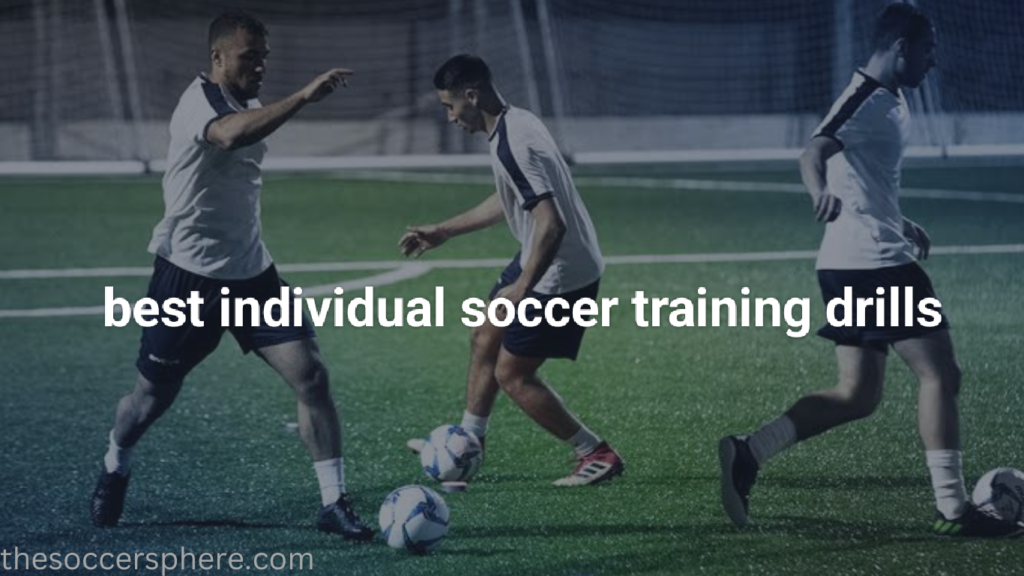
A proper indoor exercise or practice routine designed to train specific skills in a player and improve aspects of individual performance is known as the drill. Some examples include dribbling, passing and receiving accuracy, shooting technique, small-sided games, and much more. In addition, the players also need to work on their dribbling skills, defensive positioning, and overall physical fitness. They are normally planned by coaches during practice to help players develop their skill set in an organized, step-by-step manner. Football drills can be everything from singular expertise works out to long-lasting performance of game situations, yet in every case intended to give the two players great competence and collaboration on the field.
Here are some of the best indoor soccer drills that you can learn
Indoor soccer requires different types of drills specifically tailored for this game. Players play on a smaller field with walls, so these drills put the players in readiness for action in such an environment. Here are some good indoor soccer drills and why they work:
1. Passing and receiving drills
Two-touch passing:
Players are allowed to touch the ball only twice, and then they have to pass. Drill on the accuracy of passing, first-touch control, and quick decision-making.
Wall passing:
Using the walls to pass and receive the ball quickly enhances the speed of play and reaction times.
2. Shooting Drills
Shooting at a goalkeeper:
This will enable the players to improve their ability to shoot under pressure, the precision of their shots, and their decision-making while in the goal area.
Shooting in tight space:
It urges players to shoot fast and accurately to respond to situations in games where space is limited.
3. Dribbling Drills
1v1 dribbling:
Players are challenged to dribble through a defender in a small space, focusing on close ball control to enhance their skills regarding dribbling.
Cone dribbling:
Setting up cones with very small gaps and dribbling around them improves one’s agility, close control, and quick changes of direction.
4. Defending Drills
1v1 defending:
This drill perfectly teaches how to defend in a small space and the positioning and timing of challenges.
Pressing and intercepting:
This refers to where players practice in their running to press their opponents to win the ball back as quickly as possible. This is important in indoor soccer because of the limited space.
5. Small-sided games
3v3 or 4v4 games:
The fast speed of the game of indoor soccer is imitated, emphasizing fast transitions, combination play, and ball retention.
Conditioned games, including passing restrictions:
Focus on specific areas, such as passing accuracy or movement off the ball.
Some Amazing Benefits of Indoor Soccer Drills
Let’s dig into some amazing indoor soccer drills!
Improved technical ability:
Facilitates the best passing, the fittest dribbling, the sharpest shooting, and the lightest first touch.
Better decision-making:
Players develop the skills to make decisions quickly and accurately when the pressure is on in an indoor game.
Fitness and conditioning:
Indoor soccer is done in high-intensity, short bursts that improve one’s cardiovascular fitness and endurance.
Tactical awareness:
It helps the player learn positioning, movement off the ball, and team strategy through small-sided games and drills themselves.
Fun and engagement:
Most of the time, these drills make training sessions enjoyable because they have some competitive elements.
By including these drills in training, players will begin to develop exactly what it takes to excel at indoor soccer, creating a much more complete and effective team performance.

